Prisms are blocks of optical material with flat polished sides arranged at precisely controlled angles to each other, which deflect, deviate and rotate beams of light as well as dispersing their wavelengths.

Penta Prism
Penta prism can deviate an incident beam without inverting or reversing to 90. The deviation angle of 90 is independent of any rotation of the prism about an axis parallel to the line of intersection of the two reflecting faces. It is commonly used in Plumb Level, Surveying, Alignment, Rangefinding and Optical Tooling.
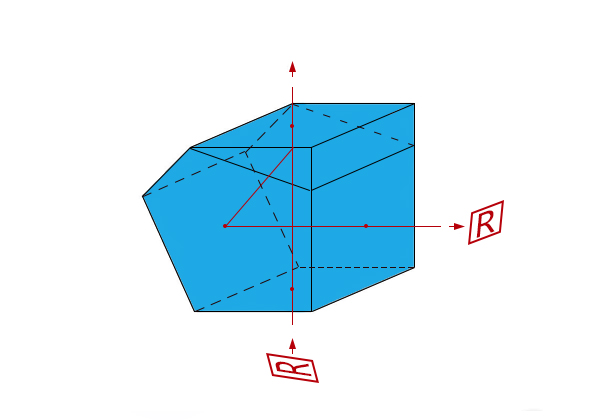
Beamsplitter Penta Prism
By adding a wedge and with partial reflective coating, Penta Prism can be used as Beamsplitter. It is often used in Plumb Level, Surveying, Alignment, Rangefinding and Optical Tooling. Transmission/reflection (T/R) ratio of 20/80, 50/50 or others for Beamsplitter Penta Prism is available upon request.
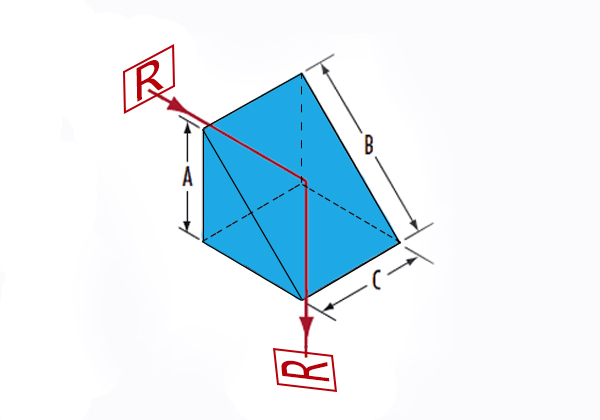
Right Angle Prism
Right angle prism is deviating or deflecting a beam of light with 90° or 180°. It is often used in telescope, periscope and other optical system. Furthermore, Laser grade right angle prism is also available by Ootee Optics.
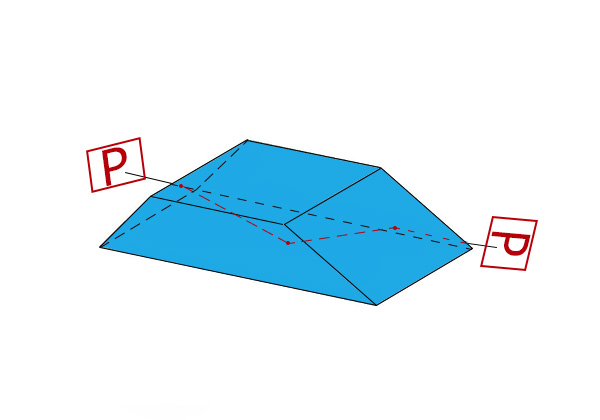
Dove Prism
Dove prism has two applications. The main application is used as a rotator. It can rotate an image but without deviating the beam. And when the prism is rotated about the input parallel ray through some angle, the image rotates through twice that angle. It is very important that the application must be used with parallel or collimated beam and the large square reflective surface should be kept very clean. Another application is used as a retroreflector. For this application it performs as a right-angle prism.
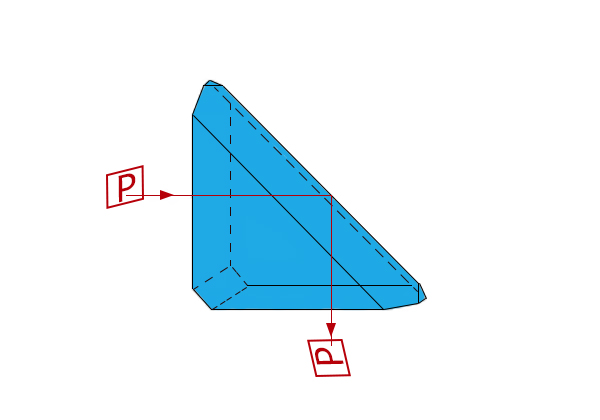
Roof Prism (Amici Prism)
Roof prism is combined with a right angle prism and a totally internally reflecting roof and they are attached by them largest square surfaces. It can invert and reverse an image, also, deflect the image 90° . Therefore, it is often used in terrestrial telescopes, viewing systems and rangefinders.
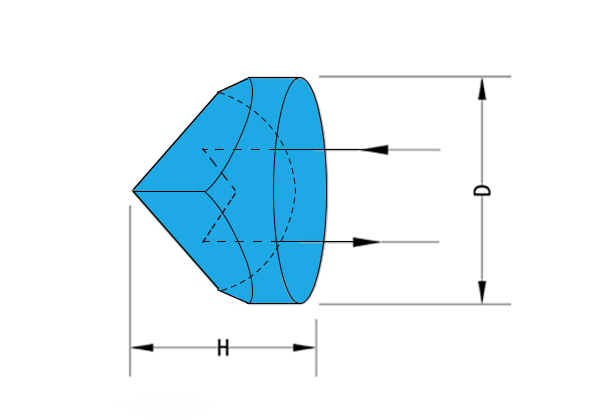
Corner Cube Retroreflectors
It has three mutually perpendicular surfaces and a hypotenuse face. Light entering through the hypotenuse is reflected by each of the three surfaces in turn and will emerge through the hypotenuse face parallel to the entering beam regardless of the orientation of the incident beam. For its special performance, it is often used to the distance measurement, optical signal process and laser interferometer.